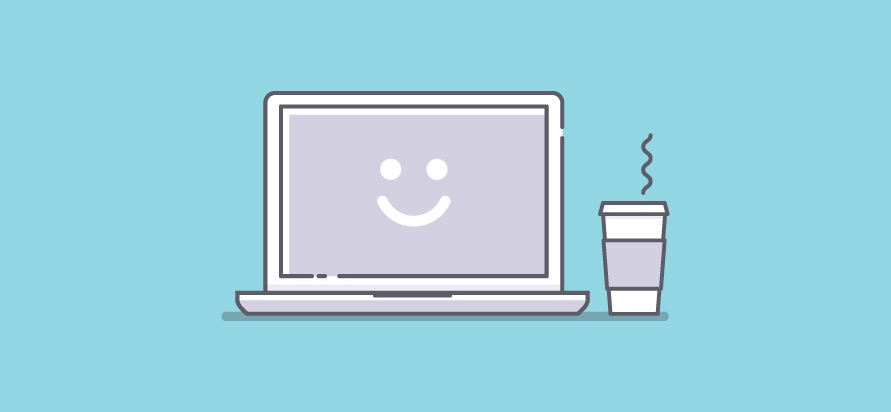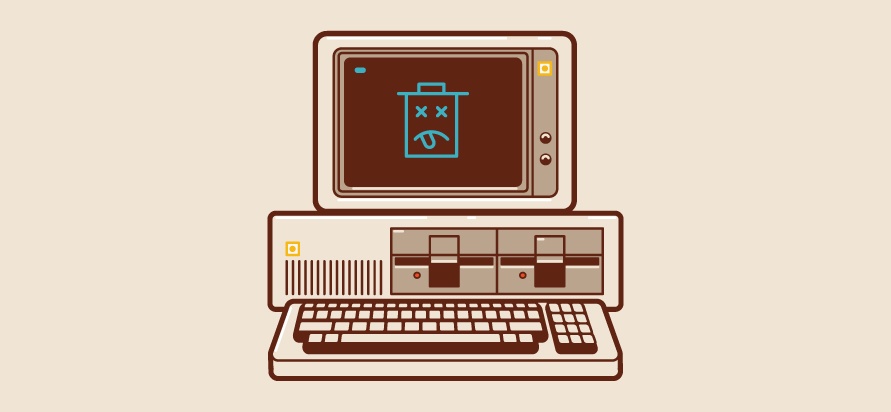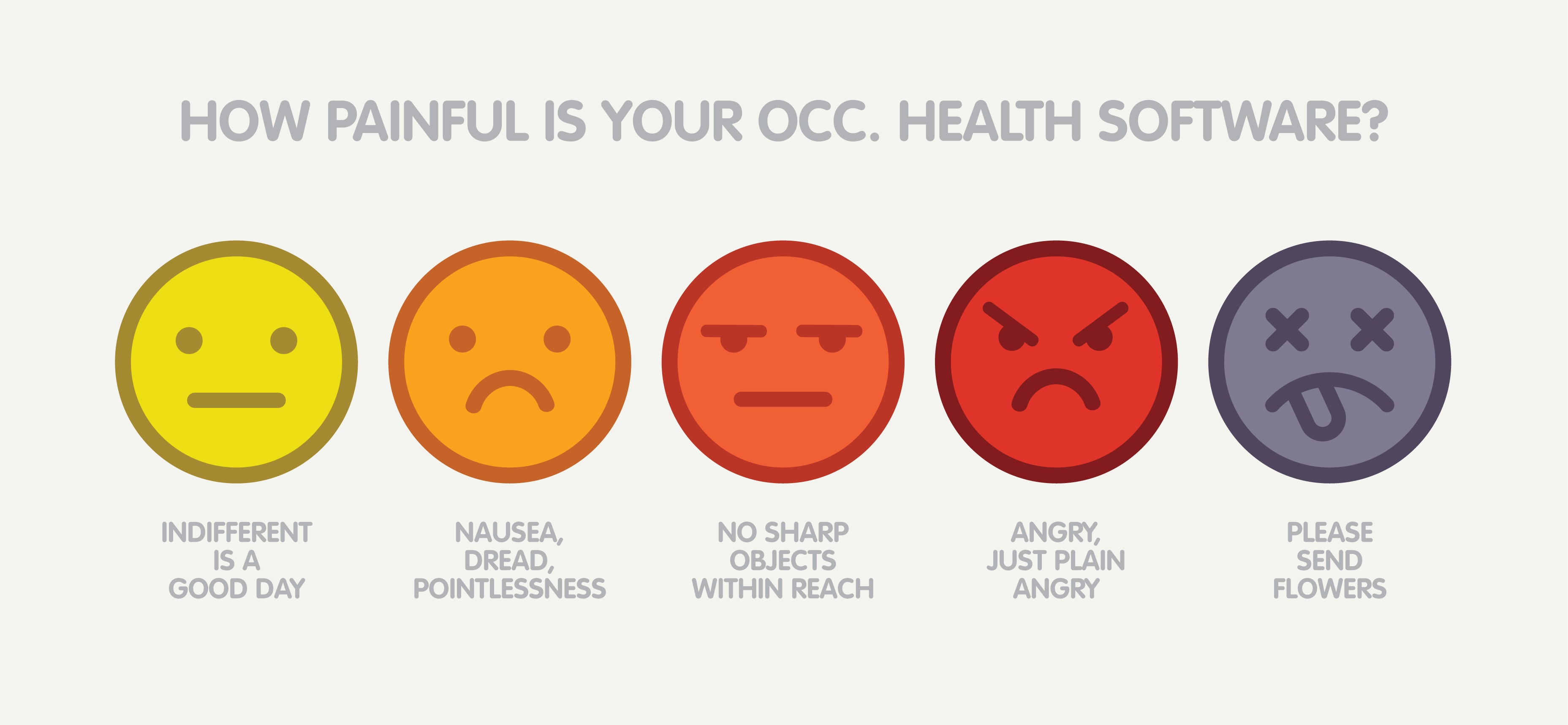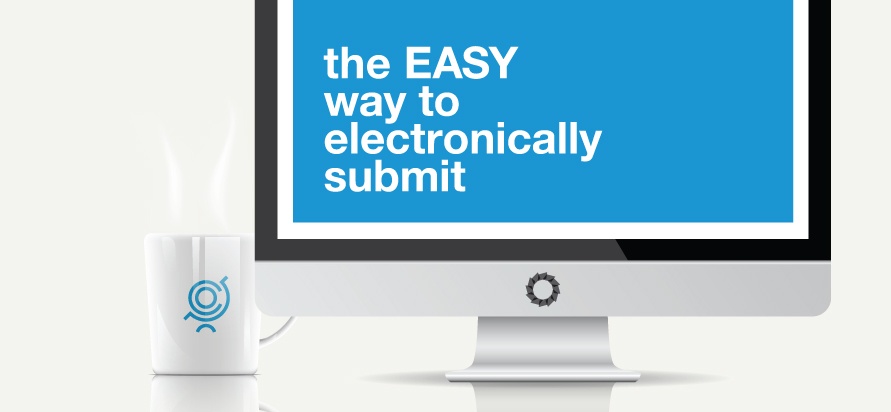What the right occupational health IT solution can (and should) do for you
By Enterprise Health on May 5, 2017 10:18:41 AM

On-screen garbage: a cautionary tale — part 3 of 3
In last week’s post, we shed some light on how to face the challenges that come with transitioning to a new occupational health IT solution. This week, we look at how to set appropriately high expectations as you attend demos of various vendor applications.
You just sat through a product demo. Maybe it was an eye-opening experience that generated genuine excitement and optimism. Or perhaps you were underwhelmed. In our experience, firsthand exposure to the breadth and depth of what a comprehensive occupational health IT solution can do brings to mind infinite possibilities. A myriad of mini-epiphanies often leave people reeling...
- “We can eliminate workarounds?”
- “I need other people to see this. Seriously.”
- “My expectations just changed...”
And just like that, your “a-ha” moment turns to long-term strategy. Be it disappointing or overwhelming, the core question remains the same: What can (and should) the right occ health solution do? For my organization and employees? For me? We suggest you take a deep breath and consider the following potential benefits as you evaluate the best fit. The right occupational health IT software can (and should):
Simplify and streamline
Seems like an obvious statement, but your occupational health IT solution should definitely make things better. Time spent per patient on administrative tasks and low-value activities should decrease. Focus on improving employee health, wellness, and compliance should increase. Pretty simple.
Tangibly, this falls to function. Things like the ability for multiple individuals to collaborate in a chart concurrently, electronic chart review (reducing the need for printing/mailing/faxing), and having data accessible from a single source (no more hopping between applications).
Conceptually, this speaks to purpose. Is a solution built on single platform designed to make data visible, accessible, actionable, and reportable? Is it designed to improve health staff productivity and increase employee presenteeism? Or is it assembled from disparate pieces like an exercise in packaging and sales?
The right solution will enable you to consolidate your occupational health operations into one seamless application — replacing legacy systems, paper processes, and tracking via home-grown spreadsheets and databases.
Ask hard, honest questions. The right solution will fill you with expectations. The wrong solution will expect you to settle for less.
Create internal alignment
One of the beauties of a well-designed occ health solution is its ability to address issues from the boardroom to the factory floor. And top-to-bottom alignment is critical in today’s reality of health cost containment.
The employee should be more present and productive with robust tools that engage them in their own health and wellness. The clinician should be able to better track, manage, and report on employee health and compliance. Administrative staff should be able to reduce phone calls, data entry, and time spent on clerical functions that add no value. And the executive should have visibility to data that connects employee health to the bottom line.
Increased exposure to your occ health solution should prompt increased alignment — not the other way around.
Stay flexible for the future
Your organization has plans to grow. Your occupational health software should be part of those plans — be it expansion of services or expansion around the globe. A web-based, SaaS architecture is easily scaled across your organization. It hosts a variety of use cases, geographies, business requirements, and opportunities in a standardized, cost-effective, and readily-supported fashion.
Locations may require multiple languages or different modules based on needs. Deployment should be rapid and upgrades immediate. And training models, including train-the trainer and web-based education, should minimize costs. The same product should sustain global use, individual preferences, and a bright future.
Let you check those boxes
While you may see things through the broad lens of employee health (from workflows to compliance and reporting) and its day-to-day implications, other stakeholders may have a more specific focus.
The reality of today is a risk-averse, security-aware corporate landscape. And checking those “procurement boxes” is no longer a simple task. IT, privacy, and security reviews take time to complete — and it’s easy to lose sight of the reason you started down this path in the first place.
A comprehensive occ health solution provider should proactively address these issues with the same importance and passion as core functionality. And handily help you navigate the “must do” waters en route to the land of “can do” bliss.
Increase productivity (yes, really!)
Everyone talks the productivity game, but the rules are fuzzy.
In reality, an occ health solution shouldn’t define what productivity looks like for you. How could it possibly know your organization’s needs or goals? But it should support identified areas of improvement with a solution grounded in efficiency and productivity.
Do you need to reduce clicks in your workflows? Do you need to document encounters in less time so employees get back to work quicker? Do you need to lessen the burden of administrative tasks on a small clinic staff? Or make it easier for employees to stay compliant? Regardless of need, expect your solution to support improvement and document results. Use your current state as a baseline — and your documented objectives as a measuring stick.
If you’ve haven’t had the chance to read the first two blogs in our three-part series on replacing or adopting an occupational health IT solution — we encourage you to read blog one and blog two. If you have read all three, and you’re ready to start a conversation about what the right occ health IT solution WILL do for your organization, give us a shout.
You May Also Like
These Related Stories

Five things to consider when replacing an occupational health IT solution

Making the occ. health switch — acknowledge your pain
